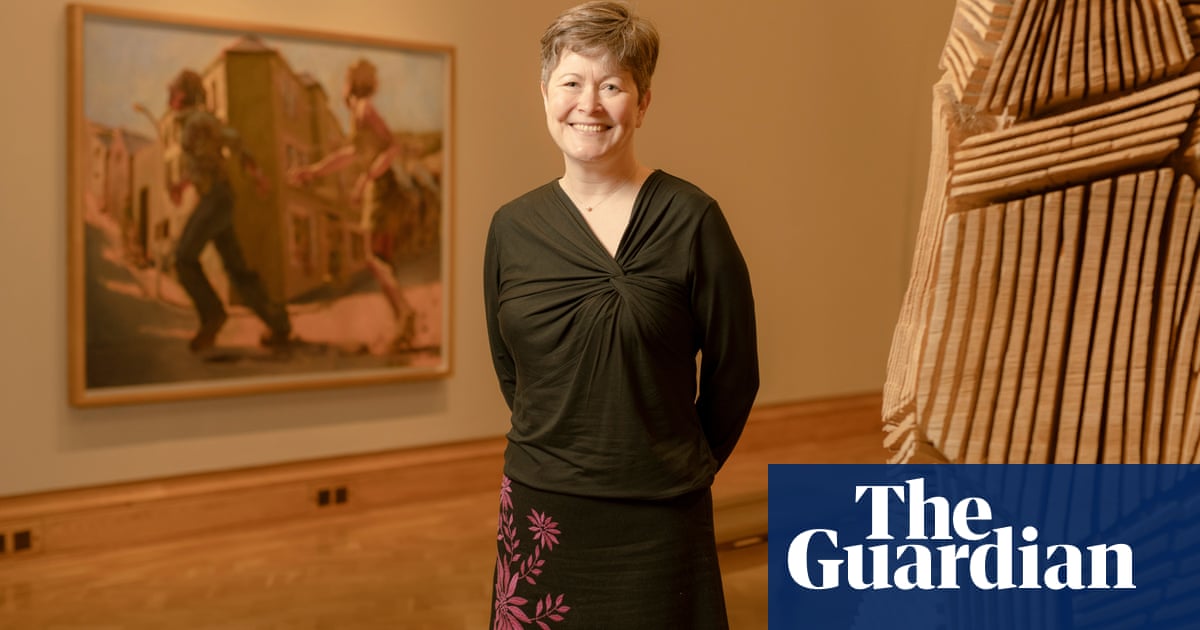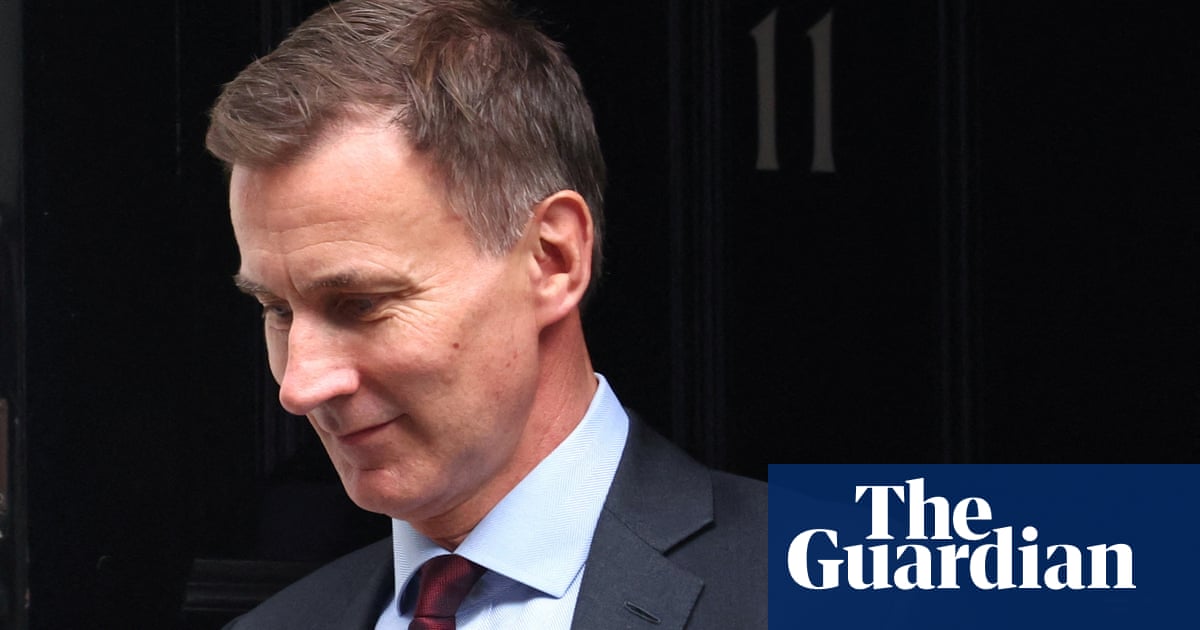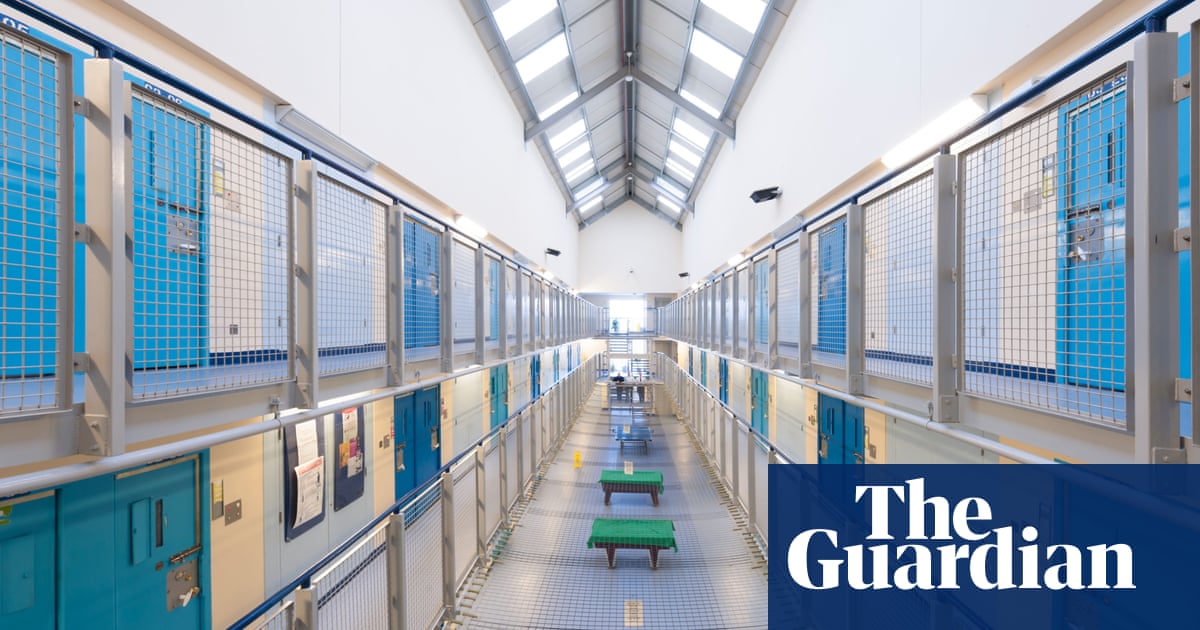
Museums in Wales need to be less about buildings and more about the wonderful collections they hold and the diverse stories they tell, the chief executive overseeing them has said.
Jane Richardson, the head of Amgueddfa Cymru – Museum Wales, said a £4.5m cut to its budget meant it may have to close sites and be better at finding new income streams. But she argued it was also a chance to reimagine what museums could and should be.
Richardson, who has been in her post for six months, also defended the museum against “savage” attacks of “wokeness” after presenting Black Lives Matter exhibits and running a challenging exhibition tackling the issue of Thomas Picton, a tyrannical former governor of Trinidad, whose portrait had for years been hung in a prominent position at the National Museum Cardiff.
She said Museum Wales, a family of seven museums and one collections centre, was hurt to be drawn into “culture wars” but vowed to continue to push boundaries, revealing that it has written to the outgoing first minister Mark Drakeford to ask him for his Pride tie for the collection.
Richardson said: “We’ve gone through a massive budget cut, we’ve gone through a restructure of the whole organisation. Before starting the restructure, I thought we’ve got to go back to our core purpose, what are we here for?
“We’ve been looking at all our founding documents. And what’s interesting is you don’t see much in there about museums. You see about collections, you see about learning, you see the importance of understanding and enjoyment and so I’ve been thinking about whether, how much is the future of museums actually about the museum? I think the model as we move forward is going to be something quite different.
“How do we reach out more and become less preoccupied with our own four walls and become much more focused on partnering with people, reaching to new places, taking our collections out?”
Richardson accepted actual buildings were central for some museums – for example its Big Pit National Coal Museum – and its National Slate Museum. “They are the collection,” she said. “But there are other museums where the building is not part of the story, but you spend a lot of energy thinking about how to fix the roof. It’s time for some brave and creative thinking.”
Asked if this meant some sites might have to shut, Richardson said: “Maybe they will need to. The economic outlook is such that times are going to be hard for a few years yet. We’ve got to be brave and open about what that might mean.”
Richardson said that because Wales had a Well-being of Future Generations Act, which requires public bodies in Wales to think about the long-term impact of their decisions, and an Anti-Racist Action Plan, there was a “context here which is about pushing boundaries, thinking very differently” – more so than in England.
Its show in Cardiff, Art of the Selfie, is built around a Van Gogh self-portrait loaned by the the Musée d’Orsay in Paris but opposite is a textile piece by Anya Paintsil, who drew on her Welsh-Ghanaian heritage to create an image of herself as Blodeuwedd, a mythological woman made of out flowers.
“It is a really interesting juxtaposition, but people need to see themselves in our museums and galleries. In certain instances, every time people try and do that, they get accused of being woke. I hate the culture wars stuff. We’re going to push that boundary really hard. We are collecting around Black Lives Matter. We’re collecting around LGBTQ.”
Ideas to generate income include letting people stay at its sites, for instance in coachhouses at St Fagans National Museum of History and commercially producing more textiles at its National Wool Museum.
“We will have to become smaller as a museum,” said Richardson, “but we don’t want to become smaller in our ambition or our reach.”












